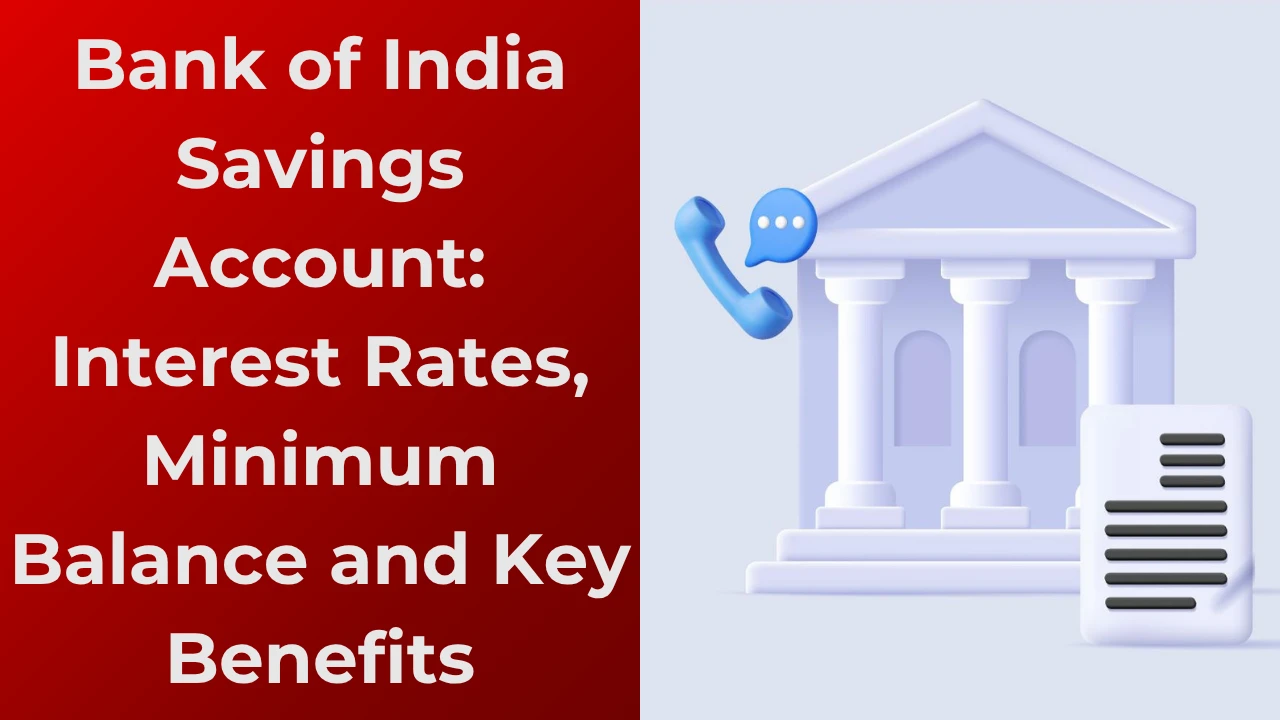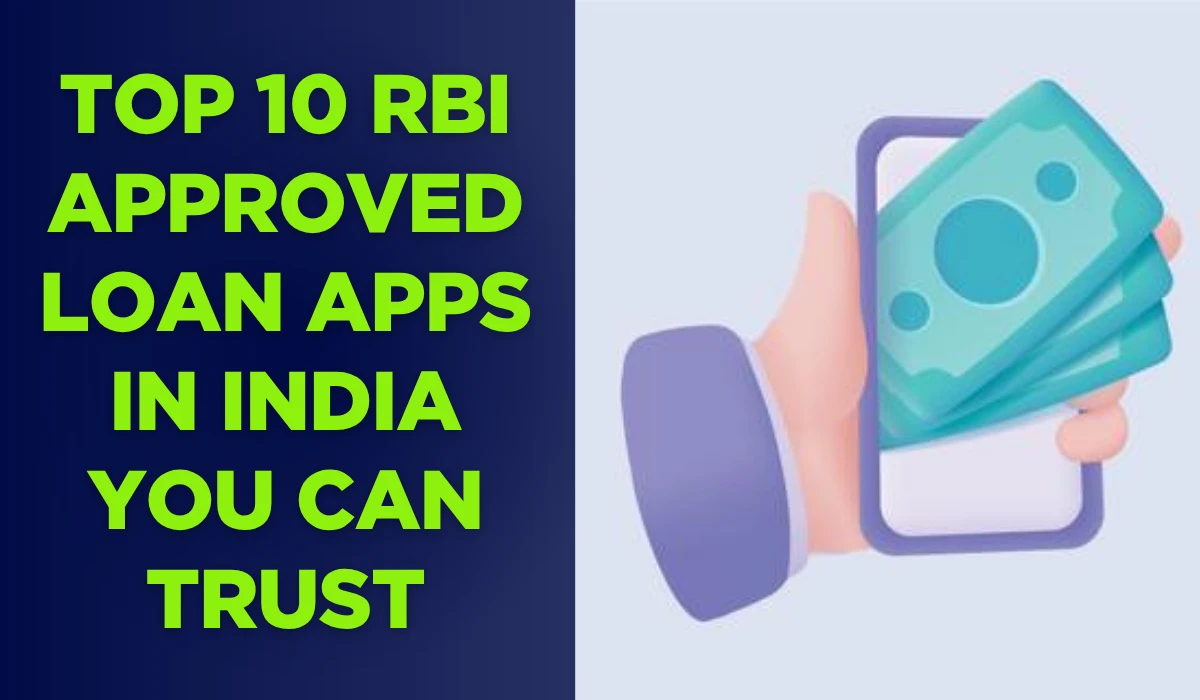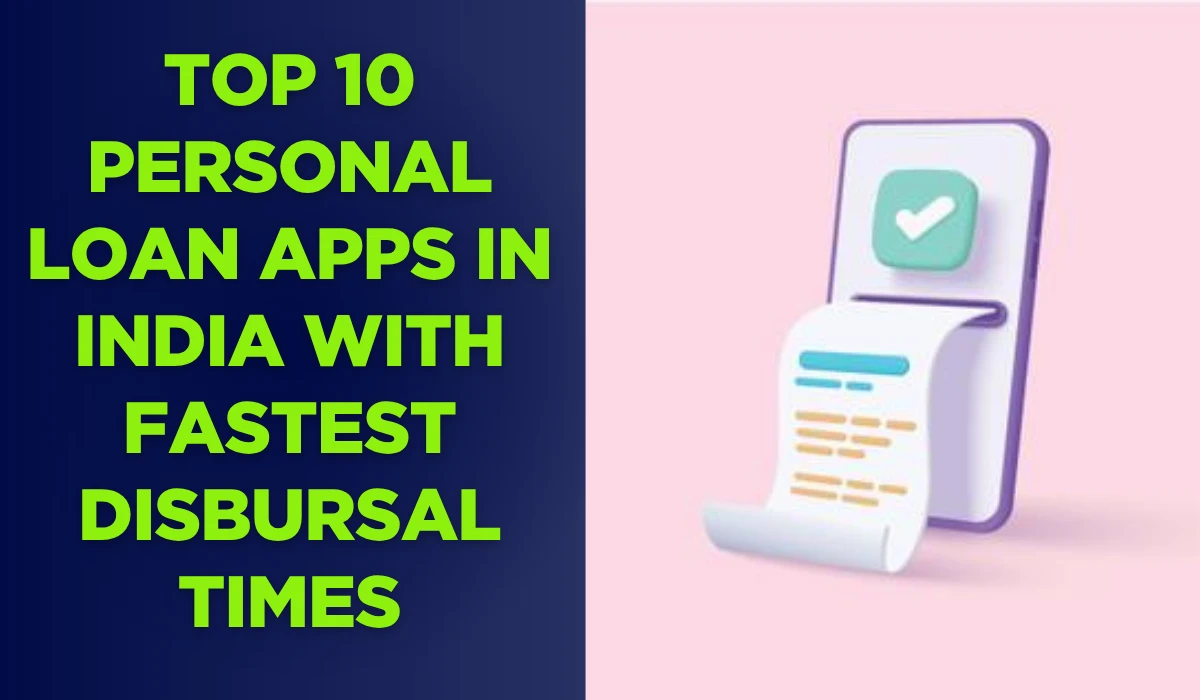Bank of India Savings Accounts
Bank of India, a leading public sector bank established in 1906, continues to serve millions with its robust savings account offerings in 2025. These accounts balance security, accessibility, and growth, aligning with the Reserve Bank of India's guidelines for depositor protection.
As digital adoption rises, BOI emphasises paperless processes and competitive returns. Savings accounts here cater to everyday transactions while promoting disciplined saving. With over 5,000 branches and 8,000 ATMs nationwide, accessibility remains a core strength.
Transitioning to specifics, understanding interest rates forms the foundation of choosing the right account.
Bank of India Savings Account Interest Rates
Interest on BOI savings accounts reflects market dynamics, adjusted periodically by the bank's asset liability committee. In 2025, rates remain attractive amid stable repo rates, encouraging depositors to park funds effectively.
The structure rewards higher balances, promoting wealth accumulation. Interest applies to the daily closing balance, fostering consistent earnings. Credited quarterly on March 31, June 30, September 30, and December 31, it compounds growth without manual intervention.
For context, these rates surpass inflation benchmarks for small savers, as per RBI data. Below is the tiered rate slab effective from August 4, 2025:
| Balances | BOI Savings Account Interest Rate (p.a.) |
|---|---|
| Up to ₹1 lakh | 2.75% |
| ₹1 lakh to ₹500 crores | 2.90% |
| ₹500 crores to ₹1,000 crores | 3.00% |
| ₹1,000 crores to ₹1,500 crores | 3.05% |
| More than ₹1,500 crores | 3.10% |
This progressive model benefits retail customers with modest sums and institutions with large deposits. Compared to peers like SBI at 2.5% uniform rate, BOI's slabs offer marginal advantages for balances above ₹1 lakh.
Moreover, senior citizens receive no additional rate hike on savings, unlike term deposits, emphasising equality in basic banking. To maximise, maintain balances in higher tiers while leveraging linked services.
Auto Sweep Facility in BOI Savings Accounts
The auto sweep facility transforms idle funds into productive assets, a hallmark of modern BOI savings accounts. Activated once the balance exceeds a threshold typically ₹25,000 to ₹1 lakh the excess sweeps into a short-term fixed deposit at prevailing rates, often 6-7% p.a. for 7-91 days.
This mechanism ensures liquidity; when withdrawals dip below the threshold, funds reverse sweep seamlessly. It bridges savings and term deposit benefits, ideal for fluctuating incomes like freelancers or seasonal businesses.
Background: Introduced post-2016 demonetisation to boost deposit utilisation, it aligns with RBI's push for efficient capital deployment. No manual intervention needed set preferences via net banking.
Key advantages include:
-
Higher Yields: Earn FD rates on surplus without locking funds long-term.
-
Risk Mitigation: Auto-reversal prevents overdrafts.
-
Tax Efficiency: Interest taxable as per slab, but TDS applies only above ₹40,000 annually.
For 2025, BOI refined thresholds for better inclusivity, allowing customisation per account type. This feature underscores BOI's commitment to optimised returns, especially amid volatile markets.
Types of BOI Savings Accounts
BOI diversifies its portfolio with nine specialised savings accounts in 2025, addressing varied demographics. Each variant integrates core features like interest earning and digital access, customised for specific needs.
This segmentation stems from RBI's financial inclusion mandate, ensuring underserved groups access banking. Selection depends on lifestyle, income stability, and goals— from basic utility to premium perks.
Pratham Savings Account
Targeted at first-time users, the Pratham account requires zero minimum balance, suiting students or low-income earners. It includes free RuPay debit card, unlimited branch deposits up to ₹50,000 monthly, and basic net banking.
Ideal for building credit history, it waives charges on initial transactions, fostering early financial literacy.
Regular Savings Bank Account
The flagship option for general users, this demands ₹500-₹1,000 average quarterly balance (AQB) based on location. Benefits encompass cheque books, free NEFT/RTGS online, and SMS alerts.
It supports seamless salary credits, with nomination for inheritance ease.
Pensioners’ Savings Account
Tailored for retirees, it automates pension credits on the 1st or 7th, offering free passbook and quarterly statements. Zero charges on pension-related queries enhance convenience.
With over 10 million pensioners in India per 2025 NSSO data, this account simplifies post-retirement finances.
BOI Star Parivaar Savings Account
Family-centric, it links up to five accounts for shared AQB maintenance, reducing individual burdens. Perks include joint lockers at 50% discount and family health insurance up to ₹2 lakh.
Promoting household budgeting, it's popular in joint-family setups common in India.
Nari Shakti Savings Account
Empowering women, this zero-balance account provides higher ATM limits (₹50,000 daily), free overdraft up to ₹10,000, and women-specific insurance like maternity cover.
Aligned with government schemes like Beti Bachao Beti Padhao, it encourages female financial independence.
BOI Savings Plus Scheme
Hybrid model auto-sweeps surplus above ₹25,000 into 90-day FDs at enhanced rates. Maintains savings liquidity with reversal options.
Suited for moderate savers aiming 0.5-1% extra yield annually.
BOI Super Savings Plus Scheme
Advanced variant for high-net-worth individuals, with sweeps into 180-day FDs and preferential rates up to 7.25% p.a. Includes priority pass for lounges.
Corporate linkages allow bulk transfers, vital for SMEs.
Other Variants: Mahila Samridhi and NRE Accounts
Mahila Samridhi extends Nari Shakti with entrepreneurship loans at low rates. For NRIs, NRE savings offer repatriation freedom at same domestic rates.
These ensure BOI's inclusivity, covering 95% customer segments per internal audits.
Key Features of BOI Savings Accounts
BOI savings accounts integrate reliability with innovation, per 2025 RBI benchmarks. Core elements ensure usability across demographics.
Interest Calculation and Crediting
Daily product on closing balance, quarterly payout transparent and RBI-compliant. No cap on maximum interest, unlike some peers.
Minimum Balance Requirements
Varies by geography to accommodate regional disparities:
| Branch Type | Minimum Average Quarterly Balance |
|---|---|
| Urban/Metro | ₹1,000 |
| Semi-Urban | ₹500 |
| Rural | ₹500 (waived for zero-balance variants) |
Shortfalls incur 5-10% penalty on deficit, notified via SMS. Zero-balance options like BSBDA eliminate this for basic users.
Digital Banking Ecosystem
BOI Mobile and StarToken-NG enable:
-
Real-time balance checks and e-statements.
-
UPI/IMPS transfers free up to ₹1 lakh daily.
-
Bill payments with auto-debit for utilities.
-
FD/RD openings in-app.
With 70% digital transactions in 2025 (RBI report), this reduces branch visits by 40%.
Extensive ATM and Branch Network
Over 8,000 ATMs offer five free transactions monthly, unlimited at BOI sites. Branches in 4,800+ locations ensure rural penetration.
Transaction Alerts and Security
Free SMS/email for all debits/credits; optional ₹15/quarter premium alerts. Biometric logins enhance fraud prevention.
These features collectively boost account stickiness, with 85% retention per BOI metrics.
Documents Required for BOI Savings Account
RBI's KYC norms mandate verifiable proofs for account opening, preventing money laundering. Standard list includes:
-
Identity Proof: Aadhaar, PAN, Voter ID, or Passport.
-
Address Proof: Utility bill (3 months old), rent agreement, or bank statement.
-
Photographs: Two passport-sized.
-
Form 60: If PAN unavailable, with income declaration.
Special cases:
-
Minors need guardian ID and birth certificate.
-
Pensioners submit PPO copy.
-
NRIs provide passport and visa.
eKYC via Aadhaar OTP streamlines, reducing physical submissions. All documents must be self-attested; originals verified at branch if offline.
How to Open a BOI Savings Account
Flexibility defines BOI's opening process in 2025—online for tech-savvy users, offline for traditional preferences. Both adhere to digital-first RBI directives.
Online Opening Process
-
Visit bankofindia.co.in and select "Open Savings Account."
-
Choose account type and enter details: name, mobile, email, PAN/Aadhaar.
-
Upload scanned documents and complete video KYC or OTP verification.
-
Deposit initial amount via UPI/net banking (₹500 minimum for regular).
-
Receive virtual debit card and welcome kit via email within 24 hours.
This paperless method processes 60% applications, per BOI data, with 99% approval for eligible applicants.
Offline Opening Process
-
Locate nearest branch via app or website.
-
Fill SB form, attach document copies.
-
Submit with initial deposit (cash/cheque).
-
Undergo in-person KYC and biometrics.
-
Collect passbook and cheque book post-approval (2-3 days).
Branch staff assist seniors, ensuring inclusivity. Track status via helpline 1800-103-1906.
Bank of India Savings Account Charges 2025
Transparent fee structures prevent surprises, with waivers for digital transactions. Charges updated quarterly, viewable on BOI portal.
| Service Type | Charges (Approx.) |
|---|---|
| Non-maintenance of Minimum Balance | 5-10% of shortfall (₹50-₹100) |
| Cheque Book (beyond 25 leaves) | ₹2 per leaf |
| Debit Card Replacement | ₹150 |
| SMS Alerts (Basic) | Free; Premium ₹15/quarter |
| NEFT/RTGS (Digital) | Free |
| Demand Draft (up to ₹10,000) | ₹50 |
| ATM Transactions (Non-BOI) | ₹20 after 5 free/month |
Penalties scale with branch tier; zero-balance accounts exempt. GST applies extra. Review annually to optimise costs.
Frequently Asked Questions
What is the Minimum Balance for BOI Savings Account?
For regular accounts, it's 1,000 rupees in urban/metro, 500 rupees in semi-urban/rural. Zero-balance variants like Pratham waive this entirely.
Can I Open a Zero-Balance Account in BOI?
Yes, through Basic Savings Bank Deposit Account (BSBDA) or Pratham, offering core services without penalties, per RBI inclusion policy.
What are the Transaction Limits for BOI Savings Accounts?
ATM withdrawals: 40,000 Rs. daily standard, 1 lakh rupees for premium. Online transfers: Up to 5 lakh rupees via IMPS/NEFT, customisable via app.
These clarify common queries, empowering informed decisions.
In summary, BOI savings accounts in 2025 blend tradition with technology, delivering value through competitive rates and versatile options. Regular reviews ensure alignment with evolving needs.
👉 To see amazing offers from 'Smart Deals' for shopping Click here













